The Greater Swiss Mountain Dog, lovingly referred to as the Swissie, is a strong and able dog. Bred to both herd livestock and pull carts, these massive dogs are quite versatile in their athleticism. They’re are not only impressive, refined from the Roman mastiffs, but also friendly and sweet. Read on to learn more about the Greater Swiss Mountain Dog.
Description of the Greater Swiss Mountain Dog
A big boned dog, the Swissie retains a placid expression and sweet eyes. For families that can handle his giant needs, he can be a great family pet.
These dogs are obviously strong. Their thick muscle is only slightly hidden by equally thick hair. However, they are also surprisingly agile. Meant to herd sheep and other livestock in unforgiving conditions, they had to be quick.
The GSMD has a distinctive, luscious coat. They are characteristically black with red and white markings. This gives them a similar look to their cousins, the Bernese Mountain Dog.
Life Expectancy and Size
The Greater Swiss Mountain Dog is one of the giant breeds. Standing between 24 and 29 inches tall, it’s their bulk that’s truly impressive.
Females can weigh between 85 and 110 pounds. Males weigh at least that, topping out near 140 pounds. That makes them the same weight as many humans!
Unfortunately, this breed has a relatively short lifespan. They can live between 8 and 11 years. These dogs are often plagued by diseases like cancer at the end of their lives.
Keeping them fit and at a healthy weight can help them live as long as possible.
Protective Ability
Surprisingly, this breed is known more as a watchdog than a guard dog. They have a deep, booming bark, which they are not afraid to use. Likely, their menacing voice and gargantuan size will scare off any would-be intruders.
However, Swissies are notoriously friendly, and most are not aggressive towards people. In an emergency situation, they certainly have the bulk to come to the rescue, but protective instincts vary from dog to dog.
Training
The Swissie is generally quite agreeable. Like most dogs, they can have stubborn streaks. This can usually be remedied by positive reinforcement and a responsible amount of treats. No need to use harsh words or punishment. If anything, that will just shut these social dogs down.
It is particularly important to focus on these dogs’ walking skills. “Come” and “heel” will be essential commands when these beasts break the 100-pound threshold. They can have some trouble with pulling, as they were bred to be draft dogs. To combat this tendency, begin lessons early and keep expectations consistent.
Energy Level
Although this breed is often calm and agreeable, it does not mean that they don’t require the same amount of exercise as any large dog bred for work.
They can be playful for most of their lives. The Swissie will often break into bouts of rowdiness, sometimes even becoming destructive, if he has too little exercise. It’s best to provide regular forms of exercise so these workhorses don’t be come too stir crazy.
What Living with a Greater Swiss Mountain Dog is Like
Living with a giant breed dog can be a challenge. Although they indeed are quite majestic, they have real needs and cannot be treated like an impressive lawn ornament.
It is important to begin obedience and socialization lessons early. Otherwise, it is easy for an unsuspecting owner to end up with an aggressive dog he cannot control. This is not fun, or fair, for anyone.
Swissies are not known to be overly aggressive, but poorly socialized individuals have been known to lash out at other animals especially.
The GSMD is usually a happy, loving breed, which is quite playful for a giant dog. While this is fun for many families, it can also be overwhelming. Many of these dogs enjoy leaning, sitting, and slobbering on their owners! They are not the right breed for a house that can’t handle some messiness.
These dogs also have their fair share of health issues. Even healthy Swissies probably won’t live past 11 or so.
Care of the Greater Swiss Mountain Dog
For homes that can handle the unique needs of a giant breed dog, the Greater Swiss Mountain Dog can be a loving, reliable companion.
Environmental Needs
These dogs were bred for harsh mountain environments. Because of this, they can handle most climates and are practically weather proof. However, being larger dogs, the Greater Swiss Mountain Dog can overheat rather easily. It’s important to monitor their exercise in the heat. Always provide shade and plentiful water.
Exercise Needs
As with many large dogs, balance is key. It is smart to provide the Swissie with daily, regular exercise. This can be anything from playing in a yard or going for a hike. They love the outdoors, and are great companions on the trail. Maintaining a basic level of activity will prevent them from acting out of boredom.
Especially when young, it is important to limit the amount of strenuous exercise this breed performs. Their joints can be particularly sensitive. They are not great running or biking companions, because they can simply not keep up that speed for extended times. However, they can be great at any sort of pulling.
Shedding and Grooming
The Greater Swiss Mountain Dog is a heavy shedder. This is particularly true during profuse periods a couple times a year. Their thick, luscious locks will go everywhere.
However, it’s not hard to take care of their coats. They simply need a quick brushing every week or so. During heavy shedding, increased baths and brushing can lesson the amount of hair that ends up on the furniture.
Ideal Home Environment
Ideally, these dogs end up with a family that can appreciate both their loving and rambunctious sides.
Owning such a large dog can be hard, but their warmth is worth it for many people. It is essential that families have a large enough space to house and exercise these mountain dogs. They also must have the patience to consider their special needs. Beyond that, anyone that doesn’t mind drool or heavy lapdogs may find joy in this breed.
Health Concerns
This breed, like other large dogs, is susceptible to bloat. This quick onset stomach disorder can be deadly. Swissies are also at risk for spleen torsion, or the twisting of the spleen. Be sure to know the signs of both, and ask your vet about any specific concerns.
Bone and joint disease is common, so it’s important to take preventative measures. This includes testing, weight control, and exercise management. Epilepsy, cancer, and urination problems are other concerns.
Behavior Problems
Most behavior problems can be forgiven as the Swissie simply not realizing his own size. He can be pushy or mouthy. Boredom or social anxiety can quickly turn destructive with such a big dog. Begin early obedience and socialization training. Providing these dogs with enough exercise and attention can also help with most issues.

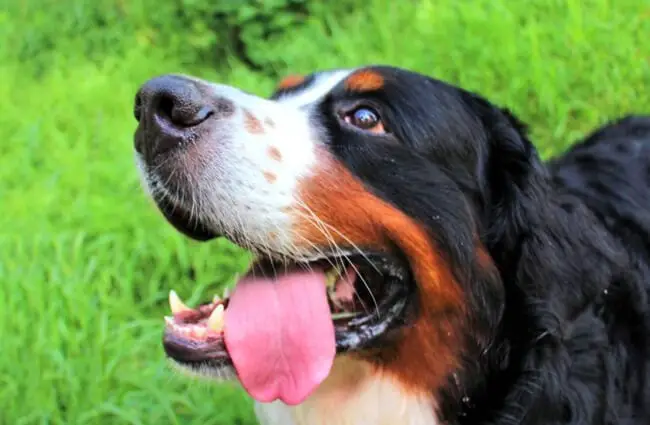
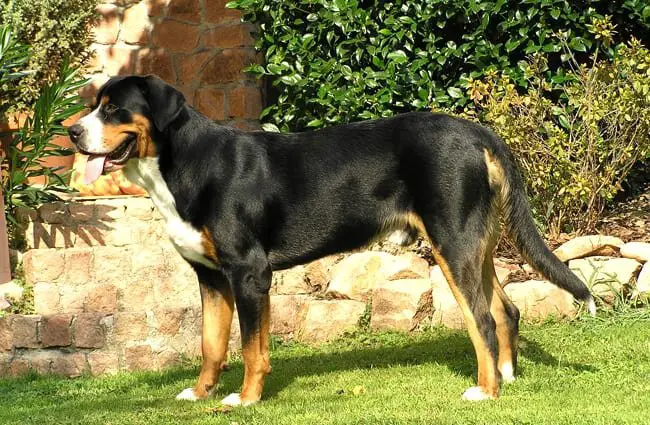


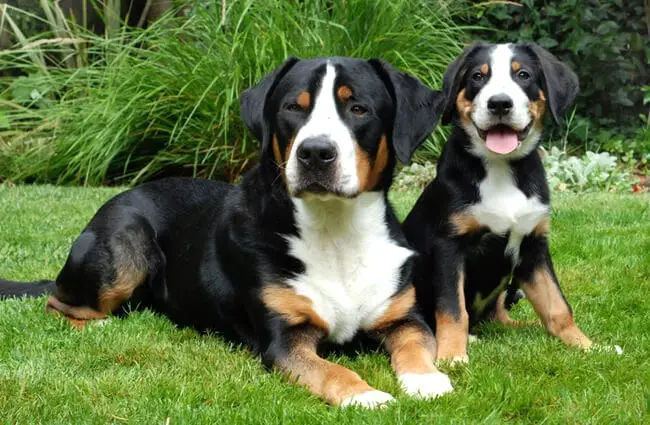

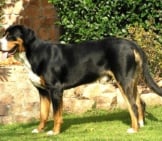
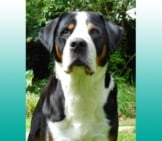









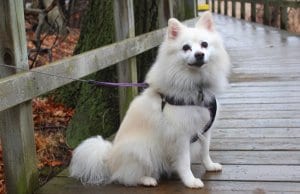
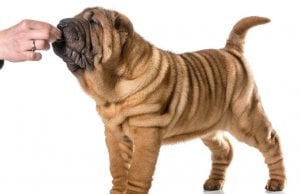


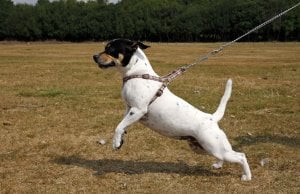

![Red Angus Closeup of a beautiful Red Angus cowPhoto by: U.S. Department of Agriculture [pubic domain]https://creativecommons.org/licenses/by/2.0/](https://animals.net/wp-content/uploads/2020/03/Red-Angus-4-100x75.jpg)

